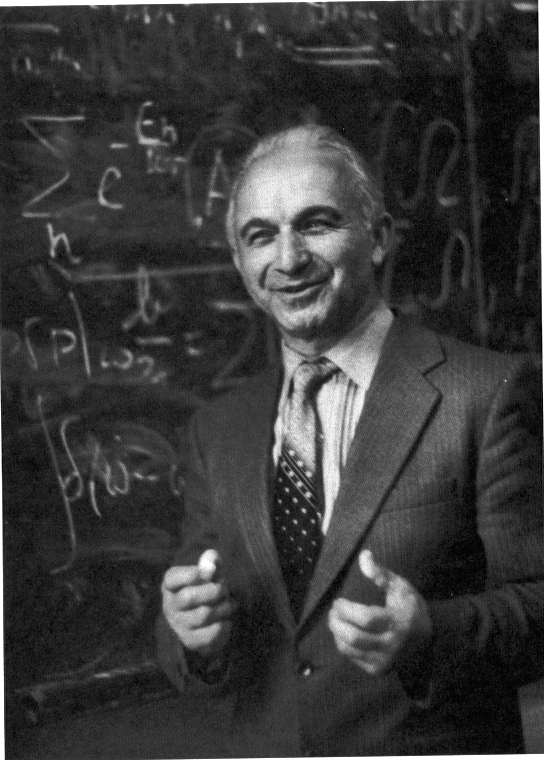 On May 25, 1999 the prominent Russian physisist Efim Samoilovich FRADKIN has
completed his earthly way. His death followed a grave three-month long disease.
On May 25, 1999 the prominent Russian physisist Efim Samoilovich FRADKIN has
completed his earthly way. His death followed a grave three-month long disease.
E.S.Fradkin was born on November 30, 1924 in a small town Shadrin, Byelorussia. After studying in the University of Minsk during one year (1941 - 1942) and working as a school teacher in Mordovia, he joined the Army in the Field, was severely wounded in the battle of Stalingrad in September 1942. An artillery cadet in 1942 - 1943, he continued his military service till 1947 and was graduated from the University of Lvov in 1948. The rest fifty years of his life belonged to the Lebedev Physics Institute, Academy of Sciences, Moscow, except for a certain period in the early nineties, when he was toiling towards a creation of an International Centre of Advanced Study and Technology in Ann Arbor, Michigan, USA. The Full Member of the Russian Academy of Sciences, Professor E.S.Fradkin was one of those few outstanding scholars, who have set trends of quantum theory of matter and field in the heroic time when this most profound knowledge of nature got its impetuous advancement. In the fifties E.S.Fradkin developed the functional path integral formulation of QTP and obtained the completely renormalized set of Schwinger-Dyson equations and invented the thermal diagram calculus for quantum statistics. The Ward-Takakhashi-Fradkin-Slavnov identities are basic in the theory of gauge fields. In the sixties he discovered the modified perturbation expansion named after him, and the Fradkin-Efimov superpropagator method for serving non-linear interactions. E.S.Fradkin was a pioneer in formulating the theory of non-Abelian gauge fields, renormalizable theory of weak interactions. In the seventies he proposed the asymptotic freedom requirement as a criterion for selecting Grand Unification models, obtained the first gauged model of extended supergravity. In the eighties he proposed the effective action approach for fundamental fields in string theory, discovered infinite- dimensional higher-spin symmetry in the anti-deSitter space and proposed the corresponding supergravity model. In the nineties he introduced a conformal supergravity extension based on new infinite-dimensional conformal higher- spin gauge symmetry, proposed a gauge-invariant approach to geometric quantization. The canonical quantization method of systems with most general typies of constraints can be traced back to Fradkin's work of 1973. Later it turned to what is now known as a universal Batalin-Fradkin-Vilkovisky method that serves any imagionable gauge field or string theory, including those with curved phase space (1986 - 1990). Fradkin's favourite baby was the conformal field theory that he was elaborating since 1974 and up to his last days. Such are some out of many other Fradkin's contributions which either suited the immediate needs of the current development of QFT or/and are to remain cornerstones of its future welfare and advancement. E.S.Fradkin won the State Prize in 1953 (Stalin Prize of First Degree), I.E.Tamm Prize of the Academy of Sciences in 1980, the Dirac Gold Medal of ICTP in 1989. He was elected a foreign member of Accademia Pontaniana (Naples, 1983) and awarded military and civil orders. Professor Fradkin's decease makes a tremendous loss to the many who loved and admired him, to his family, friends, students, colleages and the international theoretical physics community as a whole. |